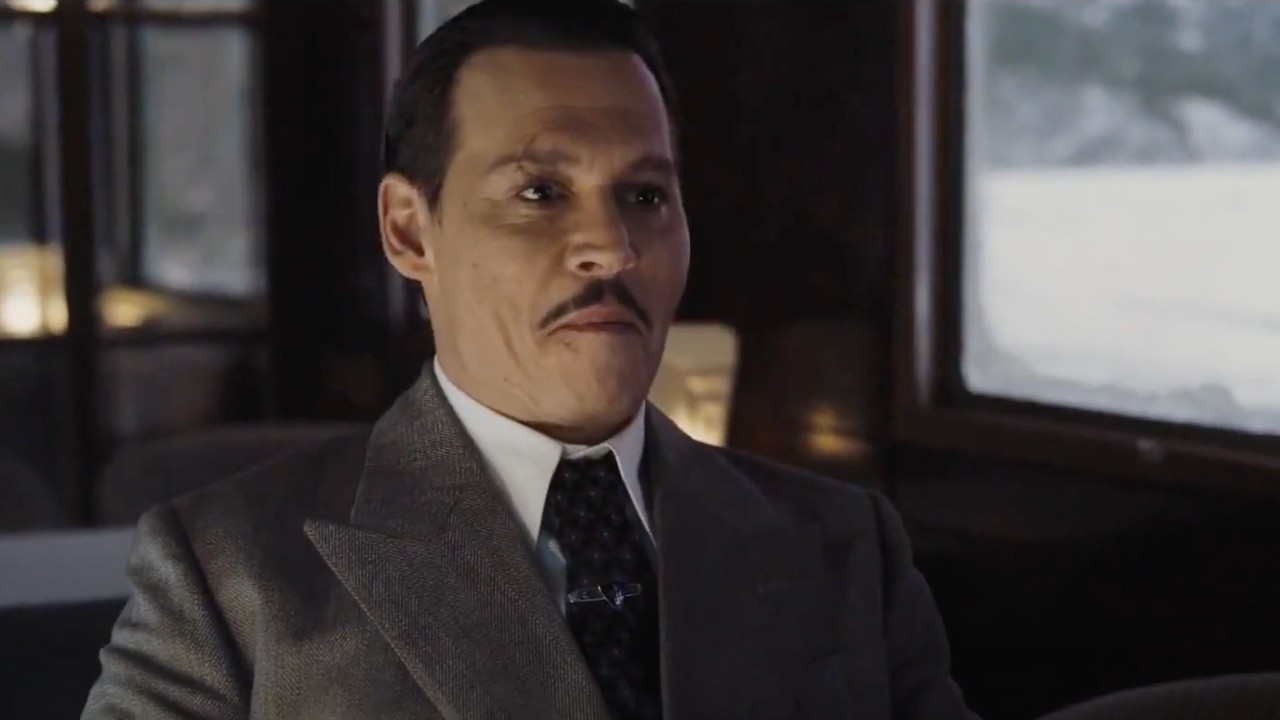The Illuminati And 6 Other Great Ways The MCU Adapted Marvel Comics
The MCU has made several interesting changes the original Marvel Comics that could also be seen as improvements.
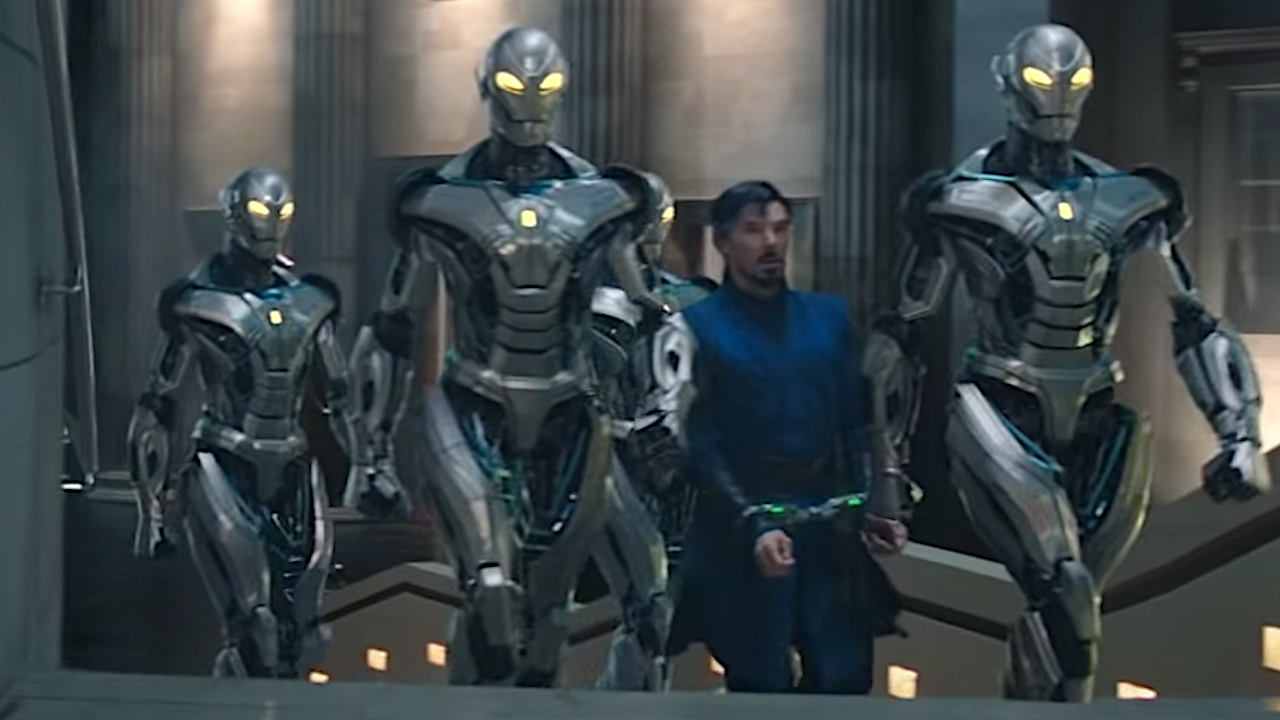
The following contains SPOILERS for Doctor Strange in the Multiverse of Madness.
We stand here on the day that Doctor Strange in the Multiverse of Madness, a movie that is promises to show us multiple alternate versions of the Marvel Cinematic Universe, has arrived. However, the MCU franchise is itself, in its own way, an element of the multiverse, as it has become a very different place than the Marvel Comics universe that spawned it.
While most of the core elements that inspired the MCU have remained the same (the heroes and the villains are all mostly where you expect to find them), the movie universe was never shy about making big changes when it felt they were warranted. Here are a few of the biggest, and best, ways that the MCU made longstanding changes to the characters and stories that came first, in chronological order.
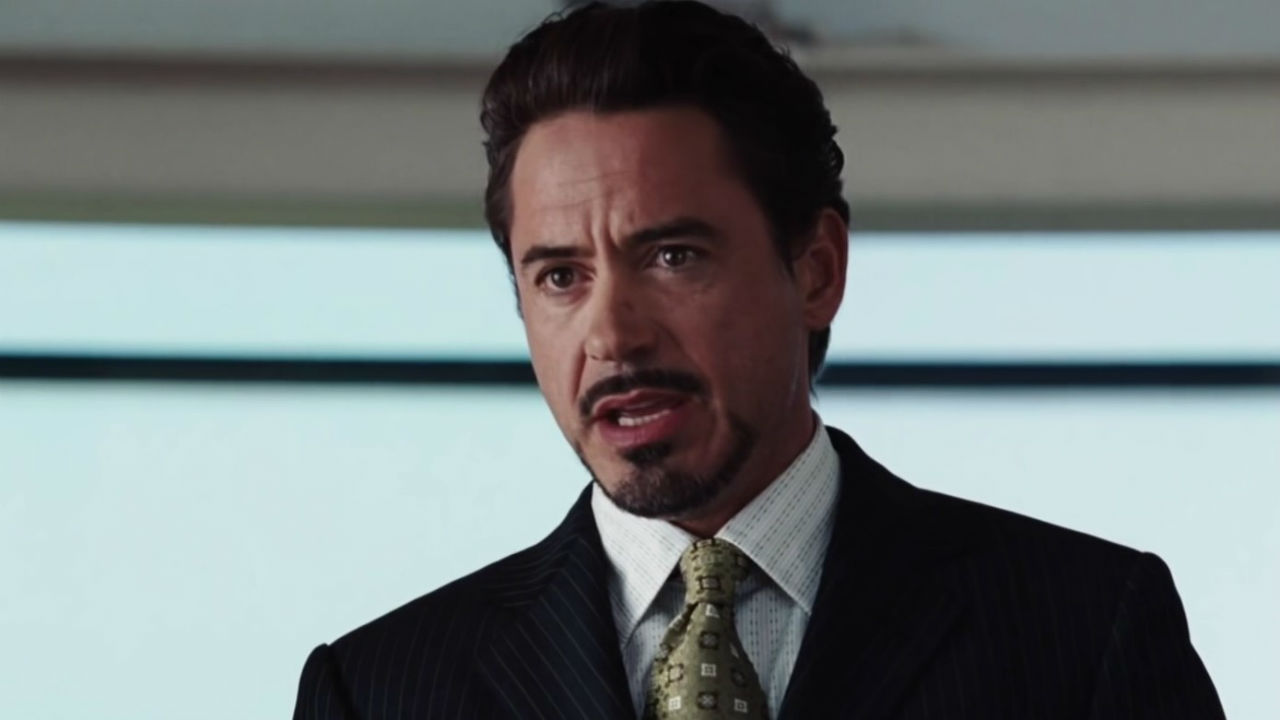
(Almost) No Secret Identities
The secret identity has always been a core element of the superhero story. Nearly everybody who ever put on a cape or a spandex suit could walk around in street clothes without being noticed because nobody knew who these heroes really were. But from the end of the first MCU movie, when Tony Stark said “I am Iron Man,” a new status quo was set.
With the exception of Peter Parker/Spider-Man, the rest of the Marvel Cinematic Universe characters have not tried to hide who they are. This has certainly changed the way these characters interact with the world around them, and the MCU has been better for it.

The Creation Of Ultron
In both the comics and the movies, Ultron is created by a Marvel hero trying to construct a hyper intelligence that ultimately rebels against its creator and humanity at large. However who that creator is changes quite significantly between the two mediums. In Avengers: Age of Ultron, the title villain is made by Tony Stark with some help from Bruce Banner. In the comics, it was the first Ant-Man, Hank Pym.
The biggest reason why it didn’t make sense for Ultron to be a Hank Pym creation in the MCU was that the Ant-Man movie hadn’t come out yet, so we didn’t know the character. But beyond that, the Hank Pym that we did get in the MCU didn’t necessarily feel like the sort of guy who would build Ultron. It makes much more sense for Ultron to be part of Tony Stark’s character arc.
Your Daily Blend of Entertainment News
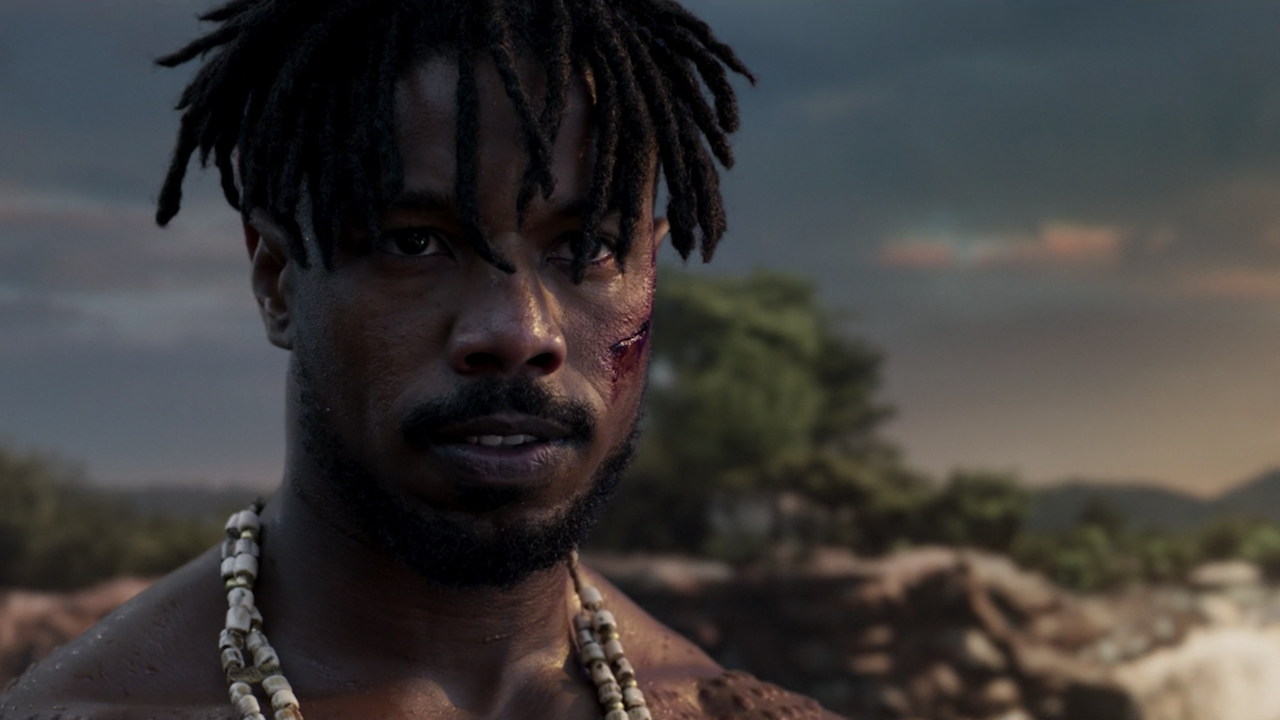
Everything About Killmonger
Most would probably agree that, among MCU villains, Michael B. Jordan’s Killmonger is one of the best, so much so that many are still frustrated that Michael B. Jordan's character died in Black Panther. He has a real grievance with T’Challa and all of Wakanda, which makes him a villain you can sympathize with during the story. But most of the things that make Killmonger so interesting were created specifically for the MCU, not the comics.
The Killmonger of Marvel Comics was born in Wakanda, though he spent years outside the secretive nation. He’s also not connected to T’Challa in any kind of personal way. This connection in the film makes the situation quite personal for both Killmonger and Black Panther, which strengthens the drama of the entire film.
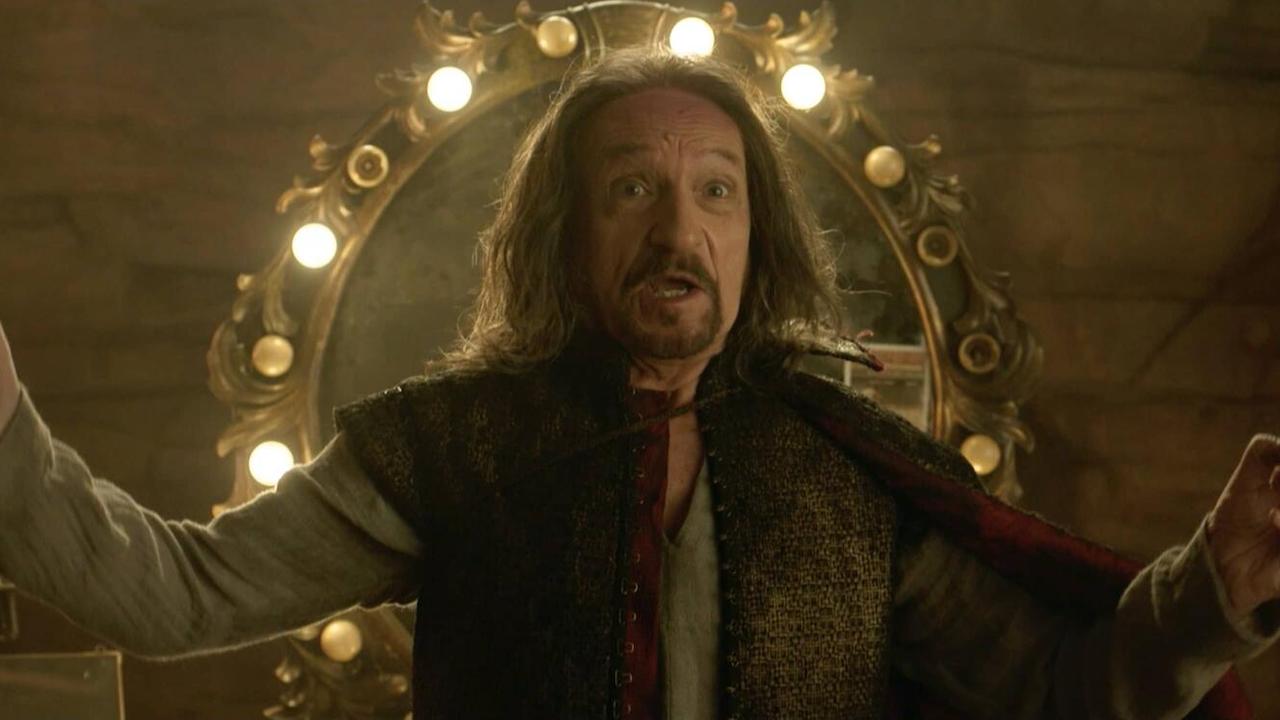
The Faux Mandarin
Ok, so this one is going to be divisive. In Iron Man 3, the MCU introduced The Mandarin, one of Iron Man's classic villains in the comics. From the trailers we saw early on, and most of the movie itself, it appeared that we might be getting a fairly comic accurate version of the character. Then the rug was pulled out, as we learned that Ben Kingsley’s Mandarin was simply a performance meant to throw people off. To put it bluntly, he didn’t really exist.
While many were disappointed that this Mandarin was not an Asian criminal mastermind with 10 magic rings, the fact is that the traditional, comic accurate, version of the character came with a lot of dated, and racist, baggage. Not using him that way in Iron Man 3 was the right call. The misdirection was also great because it helped hide the truth in one of the better plot twists the MCU has ever given us. For those who didn't like the twist, a little "fix" was made in Shang-Chi and the Legend of the Ten Rings. There we met the "real Mandarin," though he did not go by that name and laughed at the fact that his imposter used such a silly name.
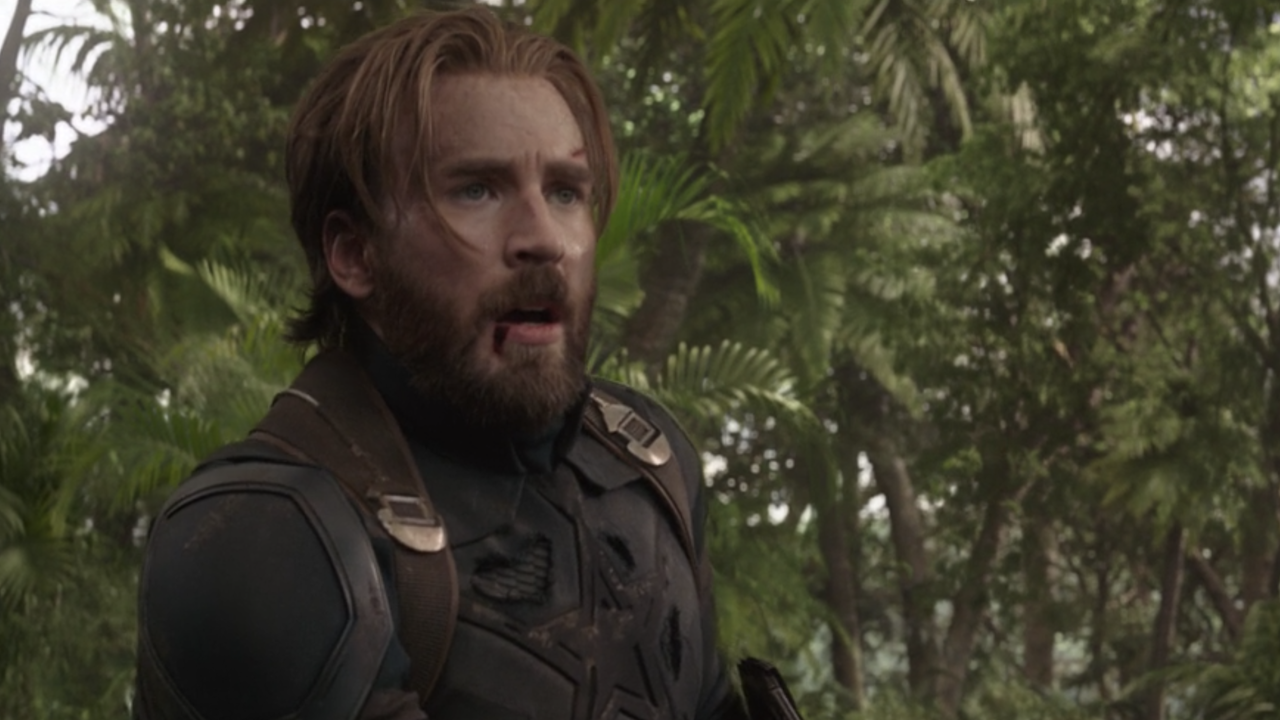
The Snap Had Real Consequences
Part of the reason that Avengers: Infinity War and Avengers: Endgame were such big deals was because they brought basically all of the MCU’s major characters up to that point together in a big way. But the other reason was because the two movies had significant consequences. While only one year separated the release of the films, it took Earth’s Mightiest Heroes five years to undo Thanos' snap.
That’s a big change from the comics as the battle against Thanos and Nebula, who both controlled the Infinity Gauntlet at separate times, were undone much faster in the comics. The snap happened, the remaining heroes mobilized, and shortly thereafter after the universe was saved. In the MCU, the Snap had lasting consequences which we’re still seeing play out in a way we never got to experience in the comics.

Thanos' Ultimate Defeat
Because of the drama that had been built up over five years of in-movie universe time, when it came time for the final clash between our heroes and Thanos, we got a real battle. It was an all-out war; an army of heroes taking on Thanos’ legions. It was the moment fans had waited a decade to see.
In the comics, there was certainly a battle among the Marvel heroes and Thanos, but it isn’t nearly as grand as what we got in the movies. Also, in the end, it was Nebula who defeats Thanos, not the Avengers. The end of Endgame also left us with fallen heroes, which made the whole thing feel more dramatic, and as with the five-year time jump, it simply gave the entire battle more weight.
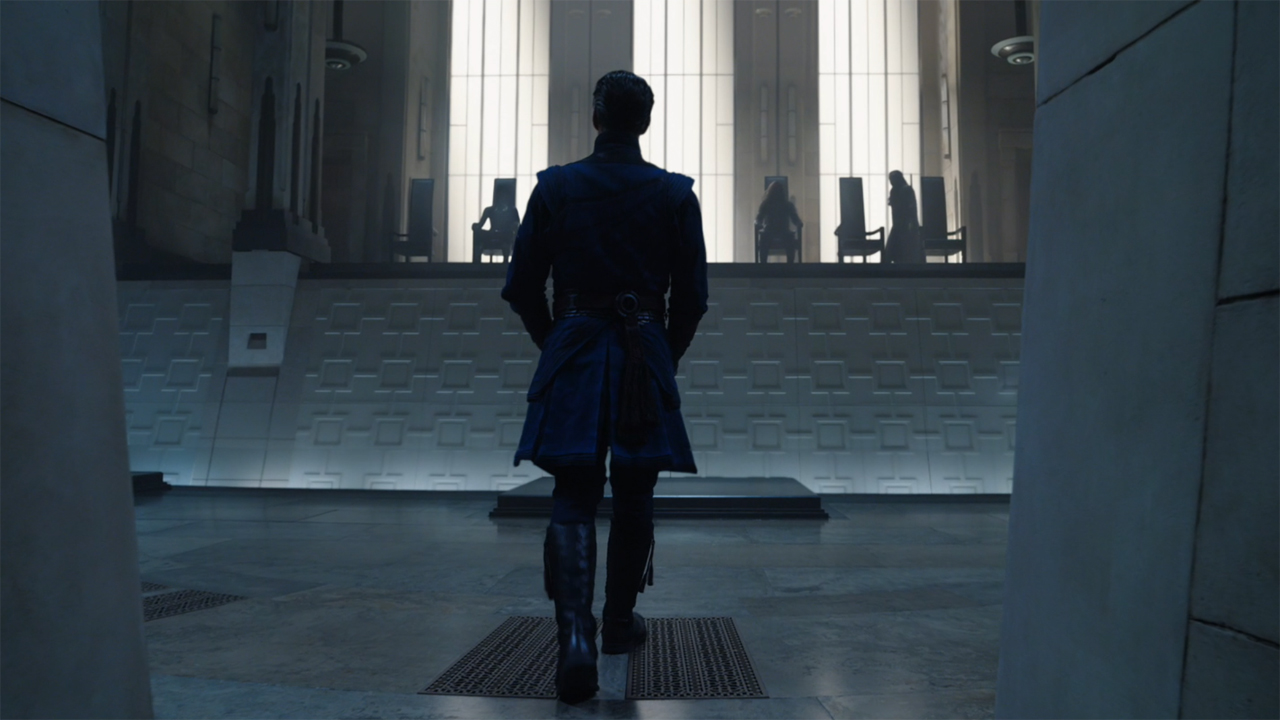
The Illuminati
The most recent adaptation of a Marvel Comics concept that we saw adapted for the screen was The Illuminati, in Doctor Strange in the Multiverse of Madness. The organization exists in an alternate universe, and as such, it’s a somewhat different version of the group that we know from the comics.
Two members of the comic book version of the group, Iron Man and Namor, have been replaced by Captain Carter (who, like her counterpart in What If... ?, serves as a different take on Captain America) and Captain Marvel (though this version is Lashana Lynch’s Maria Rambeau in that role). These are cool additions to the group that actually make more sense. In Captain Marvel's case, she's a member of the group with significant intergalactic experience, something the original version of the Illuminati was lacking. They both also add some much needed diversity, which the alternate Mordo also helps out with, with him serving in the group's sorcerous capacity.
As the multiverse continues to be part of the Marvel Cinematic Universe, we’re almost certain to see new, interesting takes on ideas born from Marvel Comics. Some of these characters and concepts may look like they came directly from the comic page, but most will likely see some changes, and that’s much more exciting.
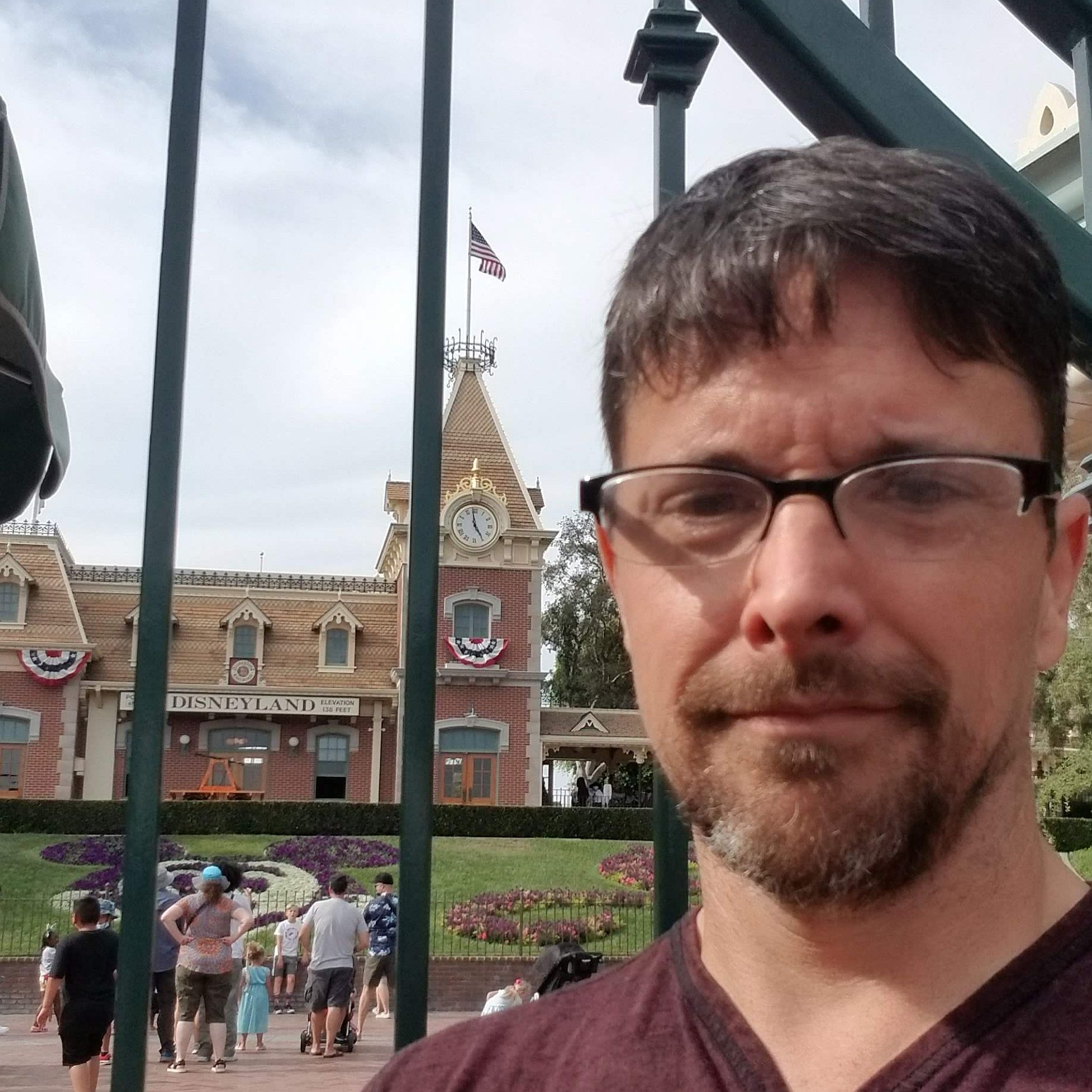
CinemaBlend’s resident theme park junkie and amateur Disney historian, Dirk began writing for CinemaBlend as a freelancer in 2015 before joining the site full-time in 2018. He has previously held positions as a Staff Writer and Games Editor, but has more recently transformed his true passion into his job as the head of the site's Theme Park section. He has previously done freelance work for various gaming and technology sites. Prior to starting his second career as a writer he worked for 12 years in sales for various companies within the consumer electronics industry. He has a degree in political science from the University of California, Davis. Is an armchair Imagineer, Epcot Stan, Future Club 33 Member.
